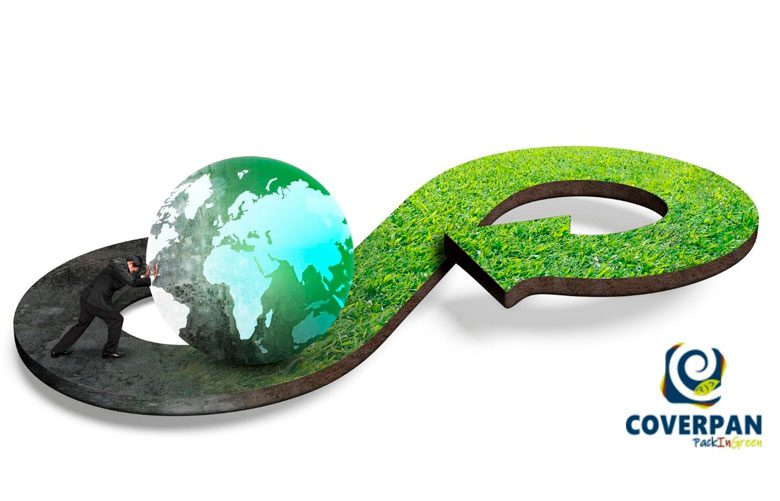The circular economy, ecodesign and responsible and sustainable innovation are fundamental pillars of the “Green Deal” or European Green Pact.
What is the European Green Deal?
The European Green Pact or “Green Deal” is a tool for the continent to fight against climate change. Launched by the European Union, it aims to make Europe, by 2050, the first climate-neutral continent. To achieve this, the European Commission has launched this great agreement that seeks a circular, clean economy, with zero emissions, and to protect our natural habitat.
On the agenda of the European Green Deal is a cut of no less than 55% of current emissions by 2030. This sustainable roadmap includes 50 points that revolve around promoting the efficient use of resources. Covering all sectors of the economy, but with special emphasis on those that still produce the most emissions: transport, energy and industries.
For this reason, the equitable and inclusive transition at the European level, mirror of the Sustainable Development Goals, contemplates, among other aspects:
Investment in environmentally friendly technologies.
Support for industrial innovation.
Healthy public transport.
Energy decarbonization.
Efficient buildings from an energy point of view.
Collaboration with other international agents.
How does the European Green Deal affect the manufacture of packaging?
The production and use of energy accounts for more than 75% of the greenhouse effect emissions of the European Union. Therefore, decarbonizing this sector is essential for a sustainable continent. The objective is to prioritize the use of clean and renewable energies. For this, it is necessary to modernize infrastructures and promote energy and ecological efficiency.
The other large percentage of European emissions corresponds to industry. It causes 20% of the polluting gases and only 12% of the materials it uses come from recycling. The Industrial Strategy of the European Commission included in this Green Pact provides aid for companies to modernize their processes.
In addition, circular production that generates 0 emissions will be stimulated. The key sectors to be able to curb emissions are:
• Textiles.
• Electronic.
• Plastics.
• Construction.
Why is the circular economy important?
The circular economy establishes a more sustainable production and consumption model, which is why it is very important on the “Green Deal” agenda.
As its name suggests, the essence of this model is that resources are kept in the economy for as long as possible. Thus, it is promoted that the waste we generate can serve as raw material for other industries.
For these reasons, the Action Plan for the circular economy was created. A plan with more than 30 measures on:
- Sustainable product design.
- Circularity of production processes.
- Empowerment of consumers and public buyers.
At Coverpan we are committed to this circular economy model within the European Green Pact.




